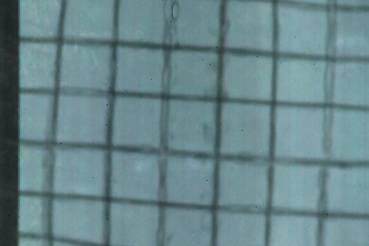High-performance anti-explosion glass, maximum protection against blast and explosion
Stop'Blast

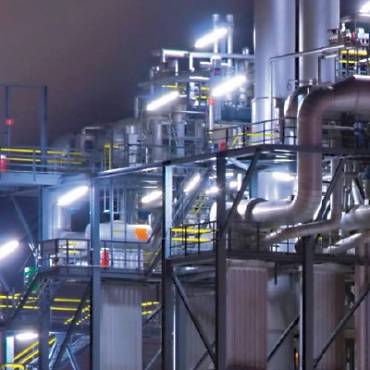
Stop’Blast is our range of laminated safety glass providing protection against blast and explosion. The range is the result of collaboration between various players within the sector and provides a complete response to the need for protection in buildings where the risk of explosion (due to accidents or terrorist activity) is significant.These high performance glazing systems provide a suitable solution in these sensitive locations and provide optimum protection of individuals and property.
These glazing systems are the result of our latest lamination technology in which glass is combined with composite materials. This dual-material combination guarantees maximum levels of protection and optimised thickness and weight of the final glazing. In comparison with other products of an equivalent class, our Stop’Blast glazing systems allow reduced frame thicknesses to be used and result in a noticeable improvement in the quality of vision and light transmission.
Applications :
-
Stop’Blast is intended for SEVESO classified sites (chemical factories, oil refineries, locations where gases, hydrocarbons or other hazardous materials are stored or transformed), in peripheral buildings in SEVESO classified sites which may be exposed to explosion blast, or in any other sensitive sites where there is a risk of accidents occurring (thermal power stations, nuclear plants, test centres or laboratories etc.)
-
Stop’Blast is also designed to protect individuals and property in the event of explosions resulting from acts of terrorism. These glazing systems are highly recommended for all types of locations where there is a latent risk: military installations, administrative sites (embassies, consulates etc.) or strategic public locations (airports, stations etc.)
Advantages
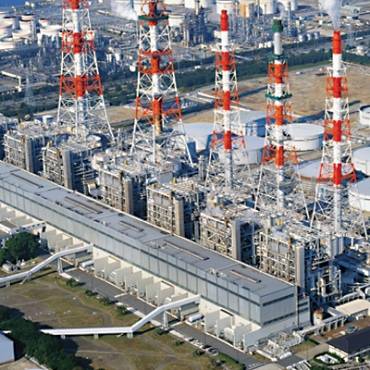
- Reduced thickness
- Reduced weight
- Very good optical quality
- Internal or external use
- Single glazing or assembly into insulating glazing units
- Can incorporate other functions: enhanced heat insulation, sunlight control, noise reduction etc.
Range
Product |
EN 13541(1) |
Maximum positive overpressure
|
Th.
|
Weight
|
Max
|
SB 10 |
ER1 S |
50 ≤ Pr < 100 |
10 |
22 |
2800 x 1500 |
SB 18 |
ER1 NS |
50 ≤ Pr < 100 |
18 |
42 |
2800 x 1500 |
SB 15 |
ER2 S |
100 ≤ Pr < 150 |
15 |
33 |
2800 x 1500 |
SB 22 |
ER2 NS |
100 ≤ Pr < 150 |
21 |
45 |
2500 x 1500 |
SB 21 |
ER3 S |
150 ≤ Pr < 200 |
21 |
44 |
2500 x 1500 |
SB 26 |
ER3 NS |
150 ≤ Pr < 200 |
26 |
56 |
2500 x 1500 |
SB 25 |
ER4 S |
200 ≤ Pr < 250 |
25 |
54 |
2500 x 1500 |
(1) S = Splitting = ragments which could cause injury to individuals, risk of fragments of glass on the rear (protected) side. NS = Non Splitting = No fragments which could cause injury, no glass ejected on the rear side. | (2) Please contact us for dimensions greater than the maximum dimensions indicated.
Reports are available on request. These products are covered by EC marking and are subject to the requirements of level one (AoC1) certification in accordance with the directive for products for use in construction, 89/106/EEC.
- We strongly recommend that glass which is to be fitted externally is fitted as insulating glazing. This is to prevent deterioration to bullet-resistance properties due to low or high temperatures.
- The bulletproof glass must be fitted in accordance with the standards and regulations that are in force. Glazing must always be fitted into frames of an equivalent class. The bullet resistance of window frames is indicated by their classification as FB or FSG (EN 1522 & EN 1523). For example: Class BR4 bulletproof glazing must be fitted in a FB4 frame; SG1 or SG2 glazing must by fitted into an FSG classification frame.
- Rebating of all four sides is mandatory.
Info +
More about standard EN 13541
The standard defines the procedure that must be used for classification of glazing. It includes four levels of resistance, defined by the maximum pressure of the reflected shock wave and by the duration of the positive pressure phase.
Class |
Shock wave characteristics | ||
|---|---|---|---|
Maximum positive
|
Specific positive impulsi+ (kPa.ms) |
Duration of the positive
| |
ER1 |
50 ≤ Pr < 100 |
370 ≤ i+ < 900 |
≥ 20 |
ER2 |
100 ≤ Pr < 150 |
900 ≤ i+ < 1.500 |
≥ 20 |
ER3 |
150 ≤ Pr < 200 |
1.500 ≤ i+ < 2.200 |
≥ 20 |
ER4 |
200 ≤ Pr < 250 |
2.200 ≤ i+ < 3.200 |
≥ 20 |
4 identical test pieces are tested according to the level of resistance that is desired. Validation is achieved if three of the four glazing units that undergo testing are not pierced by the shock wave.The test results are supplemented by the statement "S" or "NS", depending on whether or not glass fragments are produced on the rear (protected) face.

